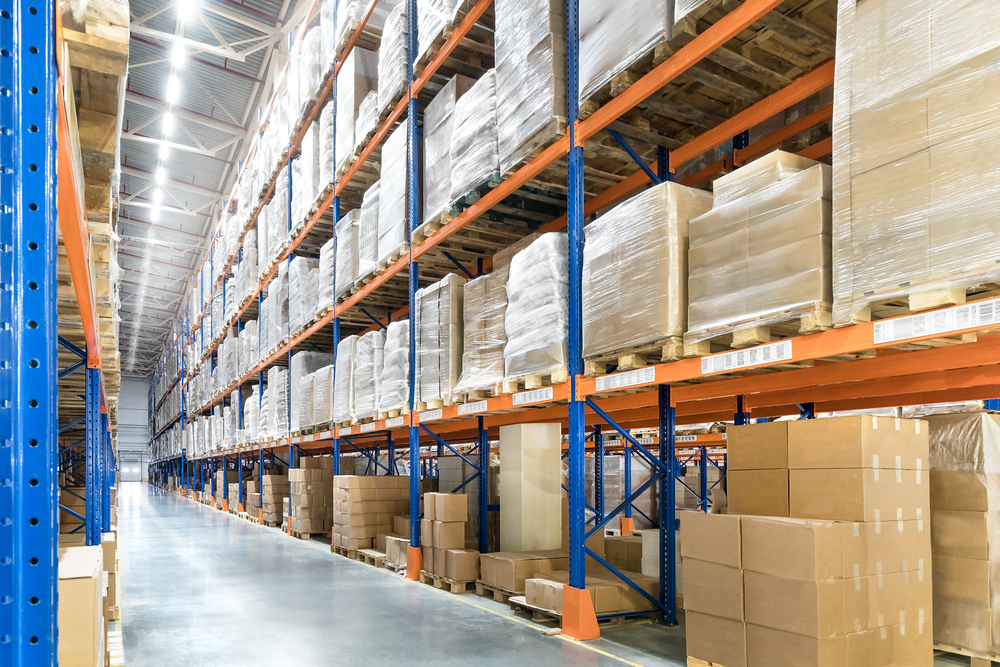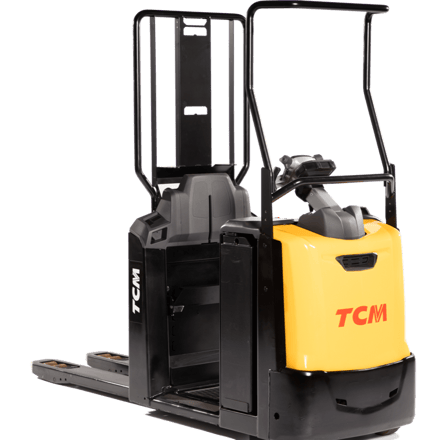Share Article

Determining the right material handling equipment for your business needs will depend heavily on your operations, applications, and industry sector.
There are many variables to consider when determining the classification of material handling equipment your business needs. For example, if you’re running a retail operation, low-level order pickers are likely to be a good fit. However, if your company is more specialist, such as a car parts manufacturer, and you have lots of racking in multiple locations to store different parts, medium and high-level order pickers will be more suitable.
Versatility is equally as important to bear in mind when choosing your material handling equipment. For instance, reach trucks can be used in all standard-sized warehouses, making them a popular choice for many businesses.
Read on to learn more about each type of material handling equipment and how to choose:
.jpg?width=3072&name=00577%20(1).jpg)
Counterbalance trucks
For heavier applications (such as those in the manufacturing industry), counterbalance trucks — including gas and diesel trucks — are commonly used. Having said this, they can be useful regardless of the product or industry.
Electric, gas, and diesel counterbalance trucks tend to be used outside, as they’re great for loading pallets onto the back of lorries and carrying out other similar tasks. However, they can also be used inside for moving pallets around, as pallet trucks can only lift a few inches off the ground.
Questions to consider:
- What is the primary task that needs carrying out?
- Does my current forklift suit its application and industry?
- Would a different truck help to improve efficiencies?
- Do I need more than one type of truck to fulfil the tasks required?
Discover how Heineken Hungary transformed its operation by switching to TCM electric counterbalance trucks.
Pallet and stacker trucks
Pallet trucks (available from TCM in both pedestrian and ride-on versions) are designed to carry and move pallets around a warehouse. They’re ideal to use in small spaces and can be used for tasks including stock floor replenishment.
You might wish to opt for a ride-on pallet if you need to move pallets across a longer distance. They can also be used for loading pallets into the back of lorries, provided there’s a loading bay with a dock leveller nearby.
As the name suggests, stackers are used to stack pallets in warehouses. If your warehouse contains lots of racking, stacker trucks are an essential piece of equipment. They’re also perfect for smaller businesses and for use in confined spaces.
At TCM, we provide different options within the stacker range, and you can choose between pedestrian and ride-on versions (such as the SSO and SRO). The ride-on stackers are much more significant machines and are best for long distances.
Order pickers and reach trucks

Our low-level order pickers are bespoke and designed to pick individual items. Operators can drive these specialist machines around a warehouse and select the items that need replenishing on the shop floor. Once the pallet is full, another machine is usually used to move the items, such as a reach, counterbalance, or ride-on pallet truck.
Medium-level order pickers follow the same concept, except they increase in height. High-level order pickers, such as our EOH model go up to 10 metres. This is ideal for use in warehouses that contain lots of racking. It’s a space-efficient way to carry out lots of picking.
Our narrow aisle machines have a streamlined design so that they fit neatly in aisles. Featuring a swivel head, the forks can turn left, right, and go forward. If you’re operating in a small space with lots of racking packed tightly together, a VNA reach truck is likely to be a good fit.
Our standard reach trucks are stacking machines, but we differentiate them as a separate category as they’re really versatile machines. The reach function means the mast can move forwards and when the mast is extended, you can essentially use it like a counterbalance truck. You can also unload with it and move pallets with a reach truck.
Reach trucks are large machines and therefore more expensive than other truck classifications. While a small pedestrian stacker might cost £8,000, a reach truck that does the same job can cost upwards of £25,000.
Identifying the right solution for your business
There are no hard and fast rules when it comes to forklift classification, and spending time with your local dealer to assess your organisation’s needs should be your first port of call.
At TCM, we’ve created our guide, ‘Questions to Ask When Buying Your Next Forklift’ to help you determine the right equipment for your operation, application, and industry. Click below to download your copy today.

.png?width=50)


